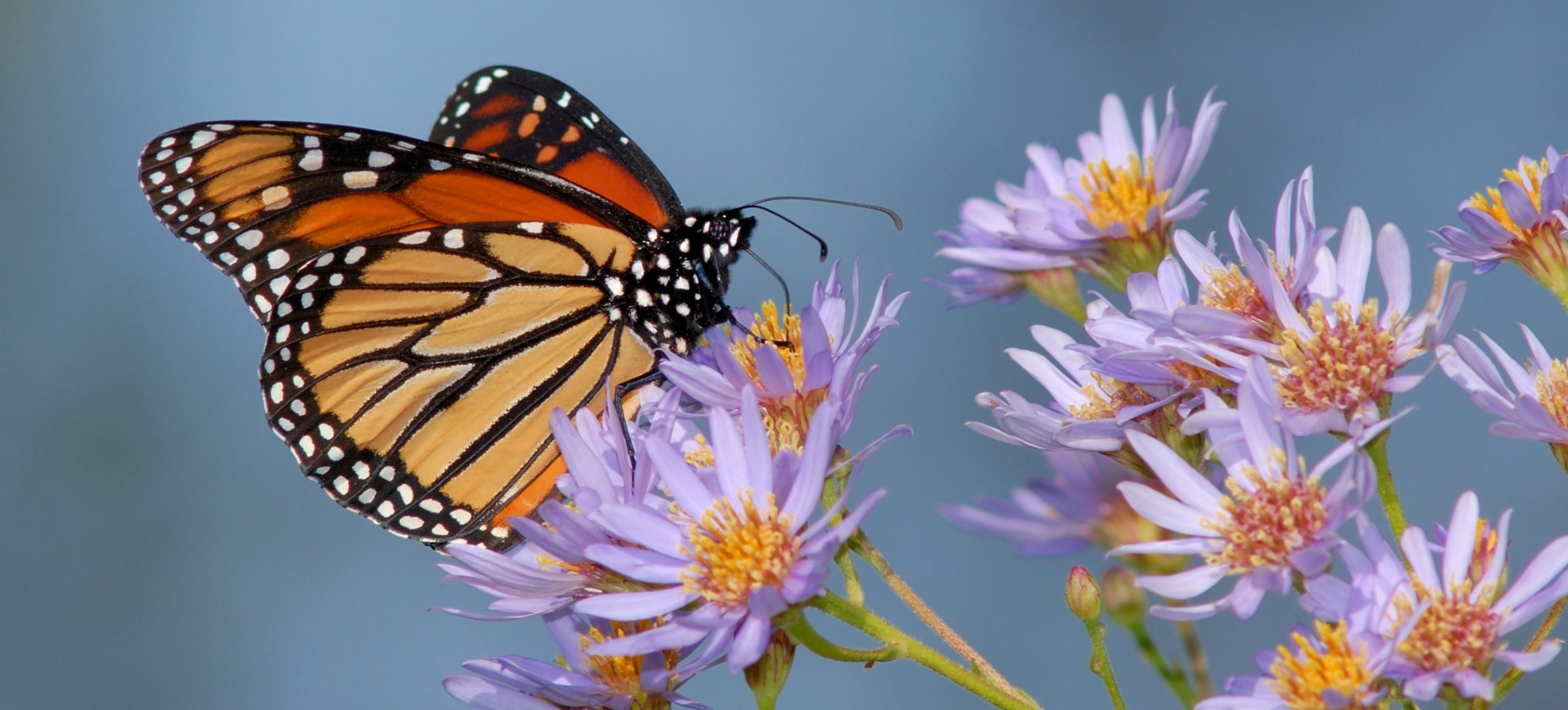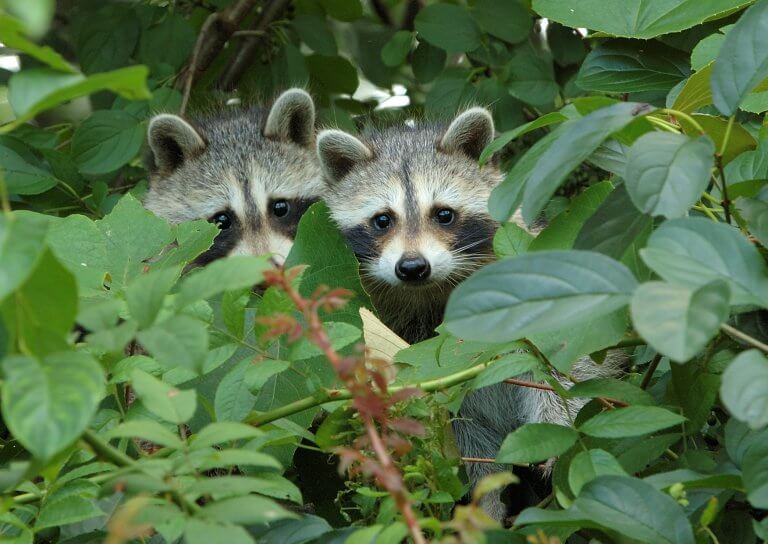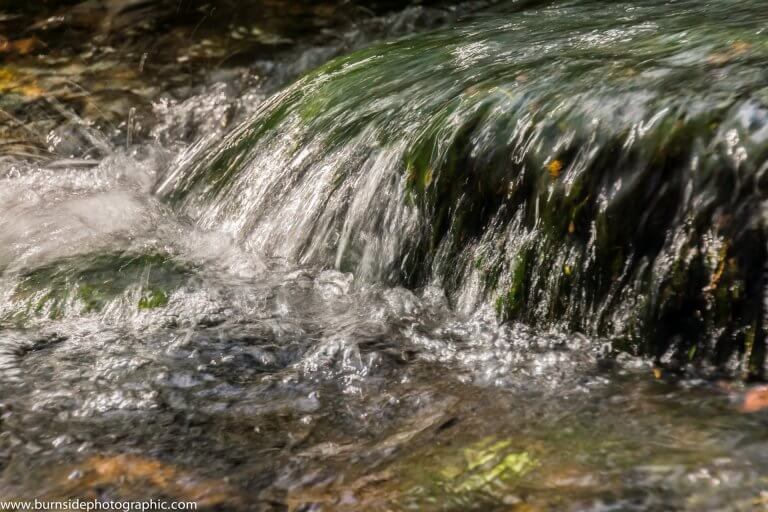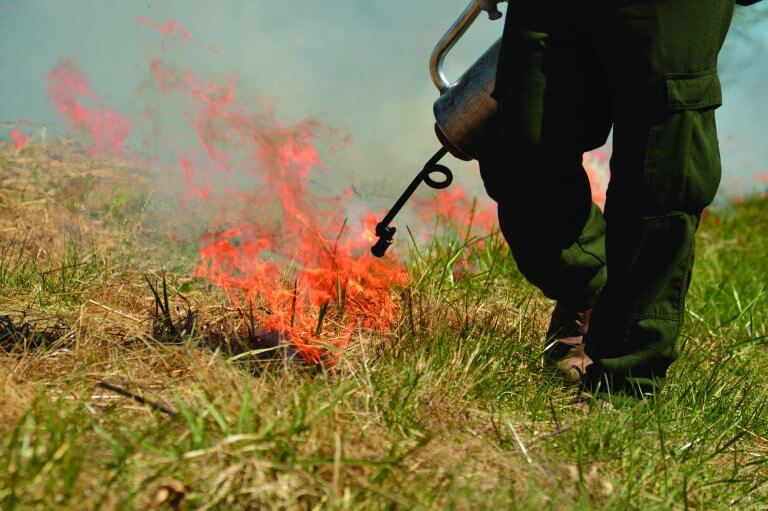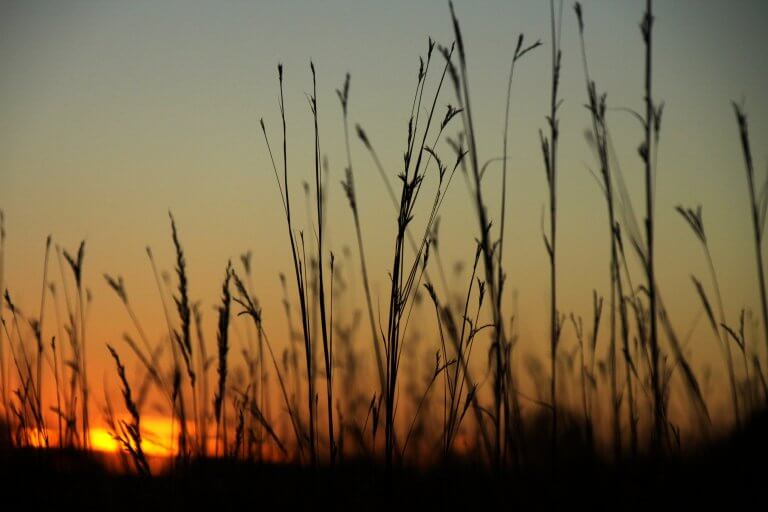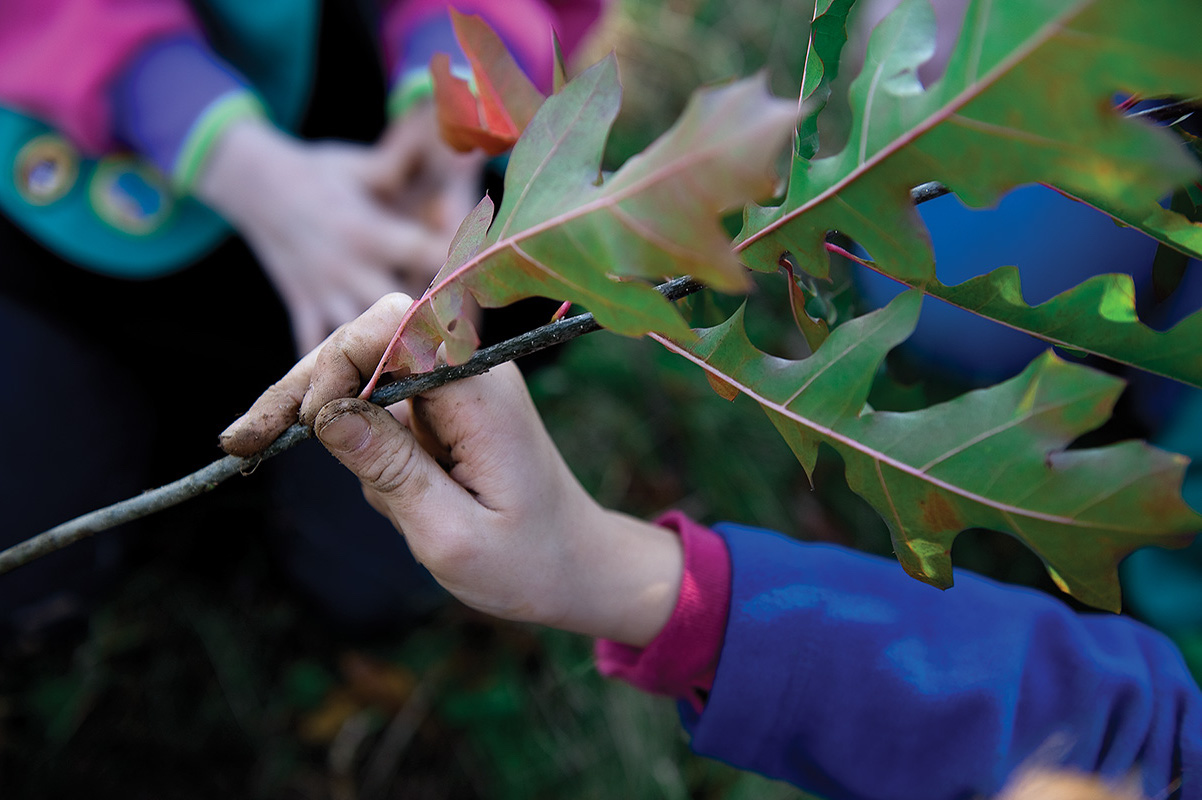caring for nature
We love saving land, but we think it’s just the first step. In fact, our commitment to caring for nature is one of the reasons why Natural Lands owns so much land (and are always acquiring more)… so we can actively enrich and restore our preserves, balancing the needs of nature and her visitors.
And there’s a long history behind the stewardship work we do; techniques and timing, skill and science. After 60+ years and 22,000+ acres, we’ve learned quite a bit. Nature is an excellent teacher.

